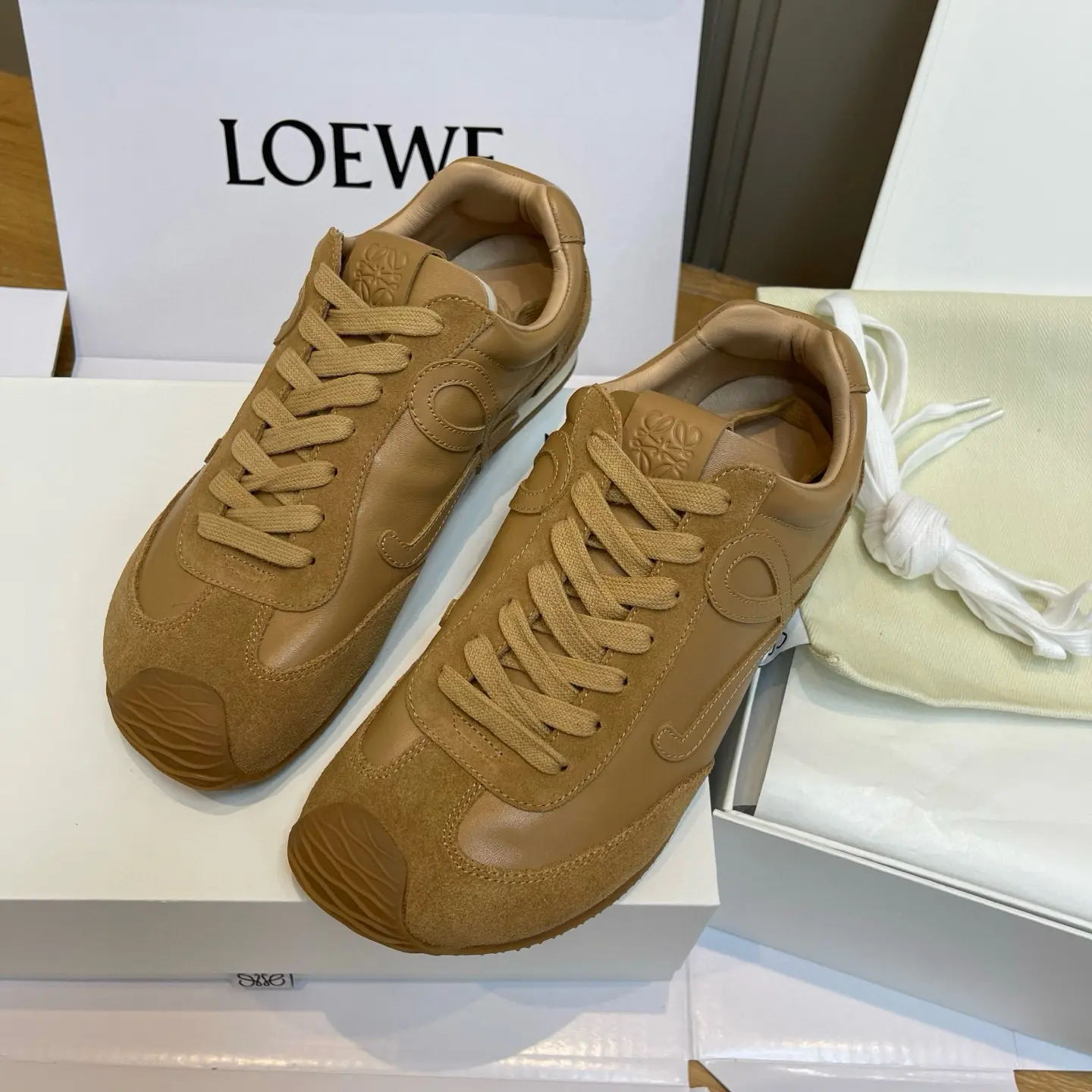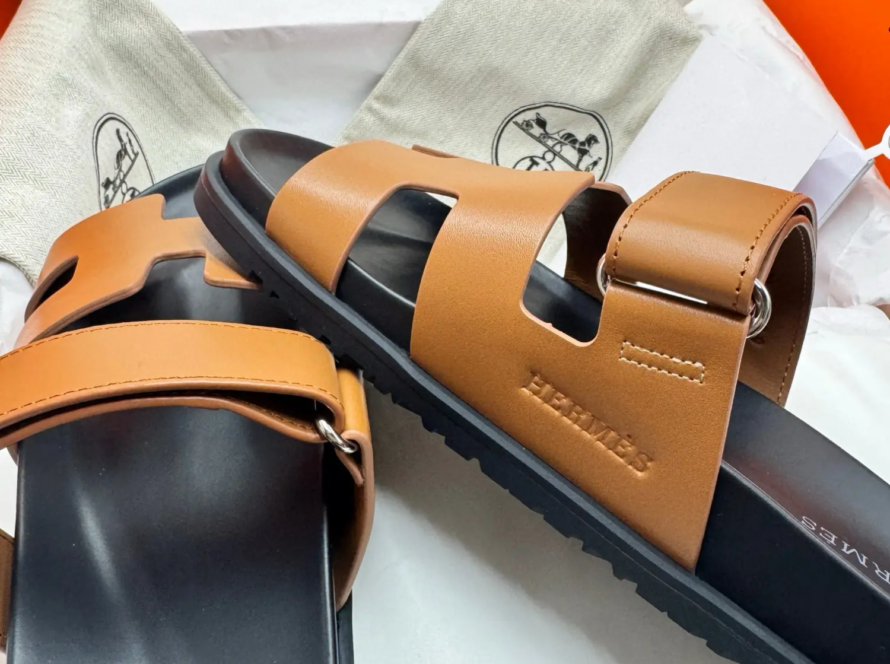
As we continue to push our bodies towards new limitations, whether through exercise or daily activities, the importance of proper recovery cannot be exaggerated. A crucial but often overlooked aspect of the recovery process is footwear. Recovery shoes designed specifically for exercise or post-exercise wear have gained popularity for their ability to help heal and rejuvenate the feet and lower limbs. But what exactly are recovery shoes and how do they contribute to our overall well-being?
First, it is crucial to understand the concept of recovery in the context of physical exercise. After intense exercise or long periods of standing, our feet and legs suffer from stress and fatigue. This wear can cause inflammation, soreness, and can cause injury, even if it cannot be managed correctly. Recovery shoes are designed to mitigate these effects by providing excellent support, cushioning and comfort. They are designed to be worn after movement, allowing feet and legs to recover more efficiently.
One of the main features of restoration shoes is their emphasis on comfort and support. They are usually made of plush material and have spacious cushioning to absorb shock and reduce foot pressure. Activity that can cause sore joints and muscles after high-impact activity is particularly beneficial. Additionally, recovery shoes often have advanced bow support and stability features that help maintain proper foot alignment and reduce the risk of excessive improvement or rotation, which can lead to injury.
Another key aspect of restoring shoes is their ability to promote blood flow and reduce inflammation. Some models include compression elements or gradient compression, which can help enhance venous return (blood flows back to the heart). Improving blood circulation is essential for tissue damaged by oxygen and nutrients, thereby promoting faster and more efficient recovery. Additionally, some materials used to build recovery shoes may have cooling or warming properties, which can further help reduce muscle soreness and promote relaxation.
For individuals engaged in regular physical exercise, incorporating restorative shoes into routines can have a significant impact on performance and overall health. By providing the support and care needed for the feet and legs after exercise, athletes and fitness enthusiasts can potentially reduce the risk of injury, increase recovery time, and even improve their subsequent performance. Additionally, restoring shoes may be beneficial to individuals who spend a lot of time on their feet due to work or other obligations, providing relief and comfort at the end of a long day.
Despite their benefits, it is crucial for consumers to choose the right recovery shoes for their specific needs. This involves considering activities such as the type of activity involved, personal comfort preferences, and any specific foot or leg problems (such as plantar fasciitis or fatal weak tendonitis). Trying different models and reading reviews from other users can provide valuable insights into the best shoes for an individual situation.
In short, restoring shoes is a key tool in pursuing optimal physical health and performance. By understanding their benefits and integrating them into post-activity habits, individuals can take significant steps to reduce the risk of injury, enhance recovery and improve overall well-being. Whether you’re a professional athlete or someone who just wants to feel better after a workout, considering the character of the recovery shoe can be a game-changer.
FAQ:
What are recovery shoes?
- Recovery shoes are designed to be worn after sports activities to aid in the recovery process of feet and legs. They provide support, cushioning, and comfort to help reduce soreness and inflammation.
How does recovery shoes promote recovery?
- Recovery shoes promote recovery by providing excellent support and cushioning, enhancing blood flow, and sometimes including functions that help reduce inflammation and muscle soreness.
Who can benefit from restoring shoes?
- Anyone who engages in regular physical exercise, spends a lot of time on his feet, or experiences sore feet or legs after an activity can benefit from restoring shoes.
How to choose the right recovery shoes?
- Consider your specific needs, including activity type, comfort preferences, and any foot or leg issues. Try using different models and read the comments to find the best way for you.
Can recovery shoes prevent injuries?
- While recovery shoes can reduce the risk of injury by providing support and promoting recovery, they are not guaranteed to be harmless. Proper training, warm-up habits and calm stretching are also crucial to preventing injuries.
Do casual walkers or people who do not perform intense physical exercise need to recover their shoes?
- While not necessary, restoring shoes can still provide comfort and support to anyone who spends a lot of time, regardless of the intensity of their activity.





